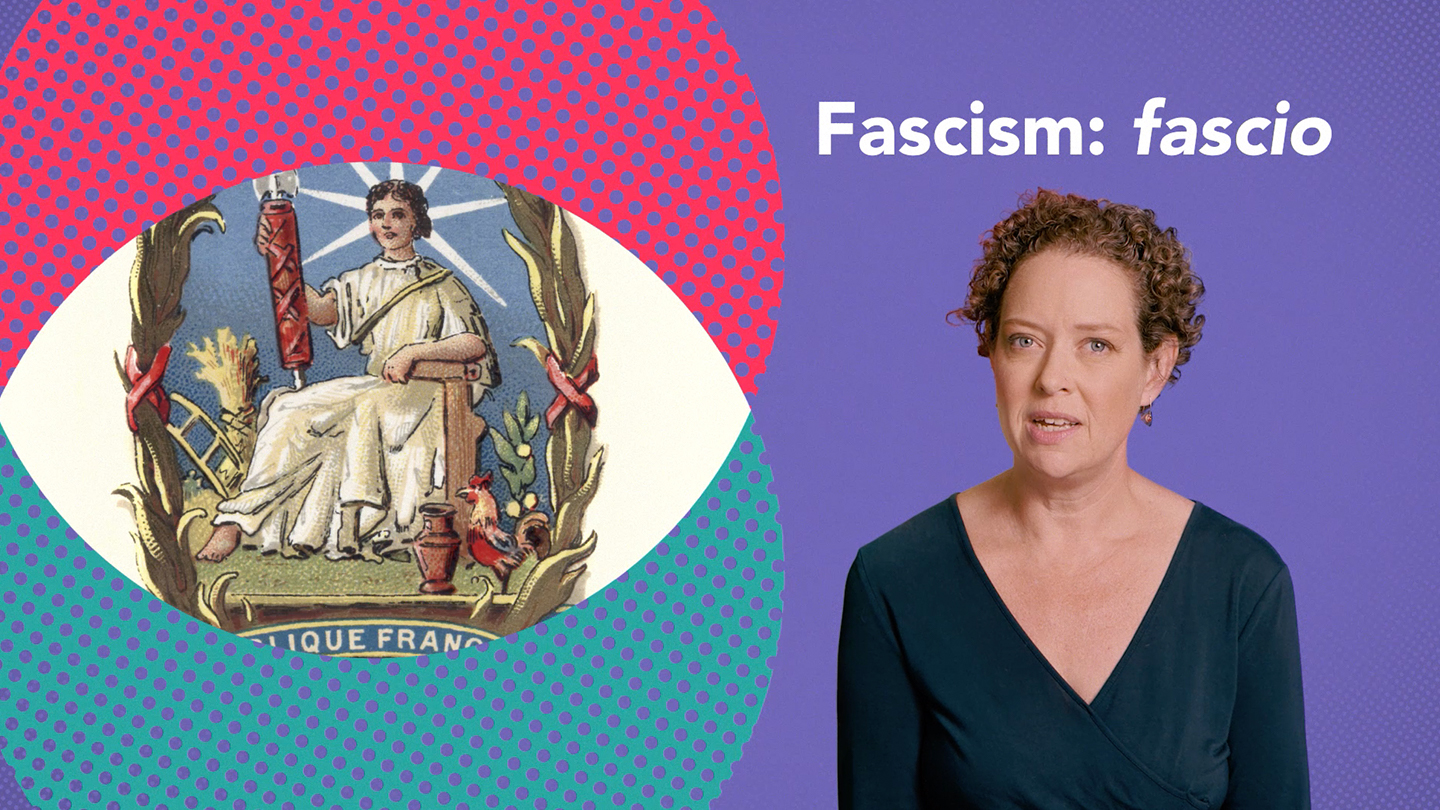Fascism
The term “fascism” has become shorthand for authoritarian, undemocratic government. But it is a distinct philosophy with specific historical roots, and understanding its nature is key to combatting it. Use these examples to help students identify signs of fascism and learn the importance of resisting its central ideas.

Are you a teacher? Click here to view the Teaching Tools for this topic
Featured Materials
Fascism in Germany

Article
Fascism in Germany
The Nazis were not the only fascists in Europe. But Nazism’s racist ideology and persecution of Jews distinguished it from other varieties of fascism.
What Is Fascism?

Video
What Is Fascism?
What is fascism, really? This video breaks down the core ideas and strategies behind fascist movements, revealing how they rose to power and helped ignite World War II.
Fascism in Italy

Article
Fascism in Italy
Fascist Italy was Europe’s first authoritarian state of its kind. This article traces how Mussolini built power, where his regime succeeded and failed, and how Fascism in Italy compared to other movements during the interwar period.
Lessons

Lesson 7.3
Fascism and Internationalism
In the shadow of World War I, some nations pushed for peace and cooperation while others promised strength through control. Examine the forces that drove these decisions, and the consequences that followed.
View Lesson

Lesson 7.4
Comparing Authoritarianism
Not all authoritarian governments looked alike, but they had a lot in common. It’s important to spot the patterns—but also challenge the idea that there’s just one version of dictatorship.
View Lesson
Materials
Exercising Authoritarianism

Article
Exercising Authoritarianism
As authoritarian leaders came to power in many countries, some people might have realized the horrors to come, but most barely recognized the danger.
Authoritarianism in Japan

Article
Authoritarianism in Japan
In interwar Japan, militarism fueled the rise of authoritarianism. Learn how leaders used their power to build a wartime empire.
Plaek Phibunsongkhram

Closer
Plaek Phibunsongkhram
As the leader of Thailand, Plaek Phibunsongkhram shaped his own version of fascism and aligned the country with Japan during the Second World War.
 Teaching This Topic
Teaching This Topic

Historical Thinking Skills Guide
Help your students develop the skills needed to think like a historian.

Professional Development Events
Check out our free, live webinars and skills clinics that connect directly to your classroom. Because you deserve PD that’s useful, energizing, and worth your time.

Teacher Blog: Insights from Educators for Educators
Find fresh ideas, classroom insights, and teaching strategies to feed your curiosity and strengthen your practice.

Community Forum for Teachers
A vibrant, welcoming community that celebrates teacher voices. Ask questions, get answers and ideas, and share feedback with the OER Project team.